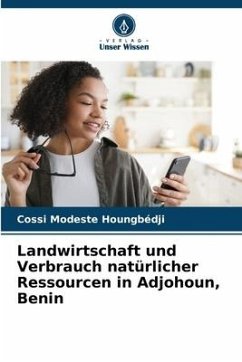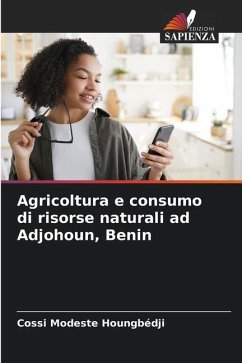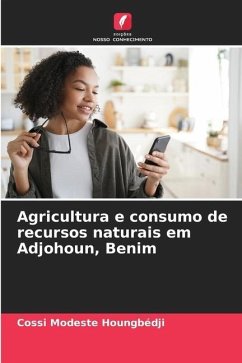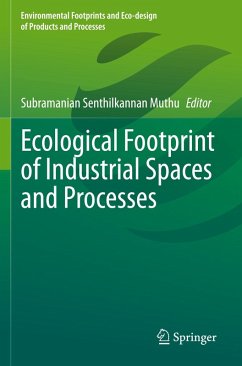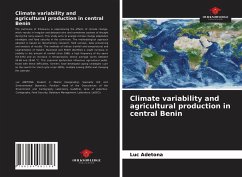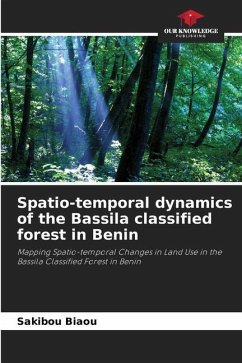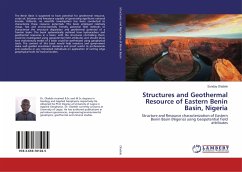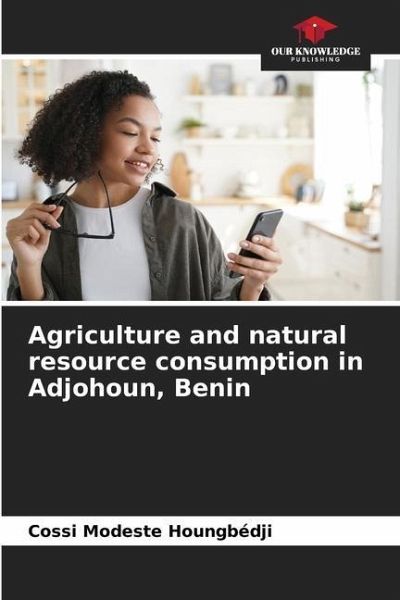
Agriculture and natural resource consumption in Adjohoun, Benin
Versandkostenfrei!
Versandfertig in 6-10 Tagen
27,99 €
inkl. MwSt.

PAYBACK Punkte
14 °P sammeln!
In order to assess the level of consumption of natural resources by agricultural activities, in the face of the challenges of population growth, in the commune of Adjohoun in south-eastern Benin, a study was carried out. The method used is based on the use of two synthetic environmental indicators: the bio-capacity (BC) and the ecological footprint (EE). This study showed that in 2014, the agricultural EE of the commune of Adjohoun was 0.18 gha (global hectare) per individual and the individual agricultural BC was 0.69 gha. These results also showed that the still favourable biological conditi...
In order to assess the level of consumption of natural resources by agricultural activities, in the face of the challenges of population growth, in the commune of Adjohoun in south-eastern Benin, a study was carried out. The method used is based on the use of two synthetic environmental indicators: the bio-capacity (BC) and the ecological footprint (EE). This study showed that in 2014, the agricultural EE of the commune of Adjohoun was 0.18 gha (global hectare) per individual and the individual agricultural BC was 0.69 gha. These results also showed that the still favourable biological conditions of this commune may allow it to feed about four times more individuals than the population size in 2014. Taking 2014 as the reference year, it was established that in 54 years (i.e. in 2068), the agricultural EA of the commune of Adjohoun will exceed its agricultural BC. It is therefore important to take forward-looking measures to prevent such a worrying situation.



